The global exploitation of key raw materials for clean energy is at risk of disruption as climate change causes drought.
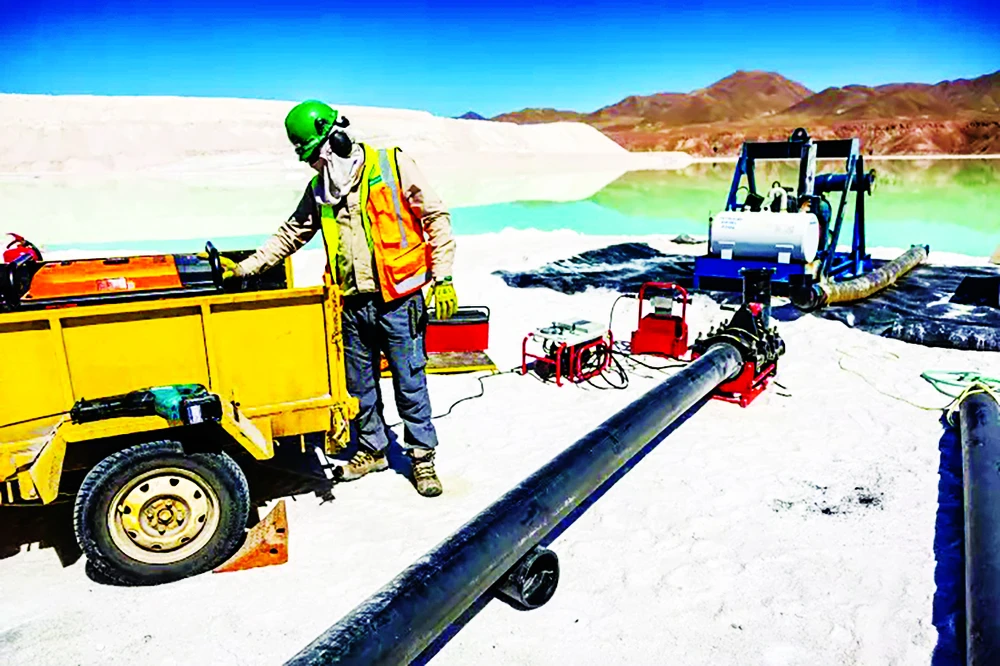
More than 70% of copper, cobalt and lithium – critical raw materials needed for the European Union’s clean energy transition – are at risk of supply disruptions due to climate change, according to a report by multinational auditing firm PricewaterhouseCoopers (PwC). Leading cobalt and lithium producing countries such as Australia, Chile, the Democratic Republic of Congo and Peru are experiencing increased drought, which could jeopardize 74% of cobalt and lithium production by 2050.
Under the Critical Raw Materials Act (CRMA), adopted by the European Council in March, the EU has set targets to increase domestic production, refining and recycling of materials critical to the green transition. Under the CRMA, no more than 65% of the bloc’s annual consumption of critical raw materials can come from a third country. But the PwC report warns of potential supply risks that could undermine the bloc’s ambitions. It says that even under the most optimistic low-emissions scenario, the risks of heatwaves and droughts will increase markedly by 2050.
According to a PwC report, increased droughts pose a significant challenge to lithium mining, as mining relies heavily on water (it takes more than 2 million liters to extract 1 ton of lithium). If climate change causes the worst drought conditions, 16% of global lithium production capacity could be disrupted. Similarly, copper mining could face 8% disruption due to significant drought risks. This could result in more than half (54%) of global clean-energy capacity being disrupted by 2050, if global temperature increases are still to be kept below 2°C. According to scientists, methods currently used to mine critical minerals in arid regions may need to be more widely deployed, and may require even more water conservation.
PwC’s report shows that from 2020-2022, just 10 countries will account for more than 97% of lithium production and more than 93% of cobalt production. Of these, Australia accounts for 48% of lithium production, and the Democratic Republic of Congo accounts for 66% of cobalt production. Chile is identified as the world’s largest producer of lithium and copper, accounting for 25% and 28% of global production, respectively. In the green transition, the world will need more lithium, nickel and other critical minerals to scale up the green technologies needed to limit climate change. But this does not mean following the mining model of previous centuries. Instead, it will require a lot more recycled minerals from waste and applying advanced mining technologies to reduce water use and reduce environmental pollution.
Regardless of whether global carbon emissions fall, extreme weather conditions pose a “serious and growing” threat to the world’s ability to produce goods critical to the green transition, scientists say. Businesses are taking action to both cut emissions and adapt to climate change, and they need to work closely with governments and communities to change their production and consumption patterns to match the new reality.
KHANH MINH
Source: https://www.sggp.org.vn/kho-khan-ve-nguon-cung-nang-luong-sach-post739188.html


![[Photo] Prime Minister Pham Minh Chinh chairs meeting to discuss tax solutions for Vietnam's import and export goods](https://vstatic.vietnam.vn/vietnam/resource/IMAGE/2025/4/10/19b9ed81ca2940b79fb8a0b9ccef539a)
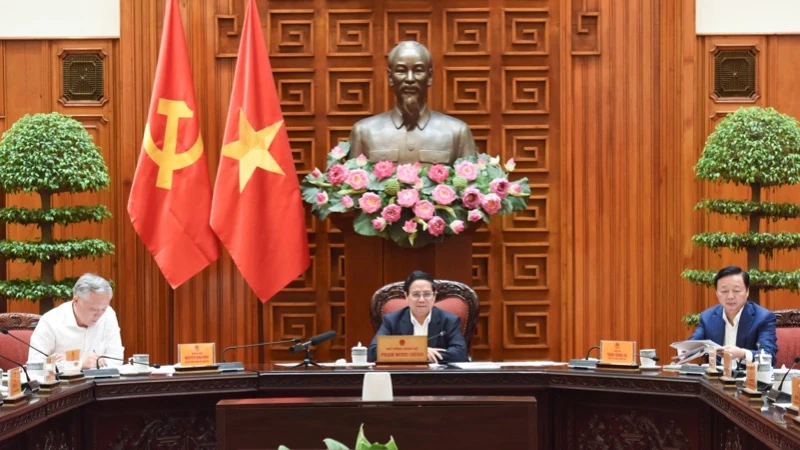

![[Photo] Phuc Tho mulberry season – Sweet fruit from green agriculture](https://vstatic.vietnam.vn/vietnam/resource/IMAGE/2025/4/10/1710a51d63c84a5a92de1b9b4caaf3e5)
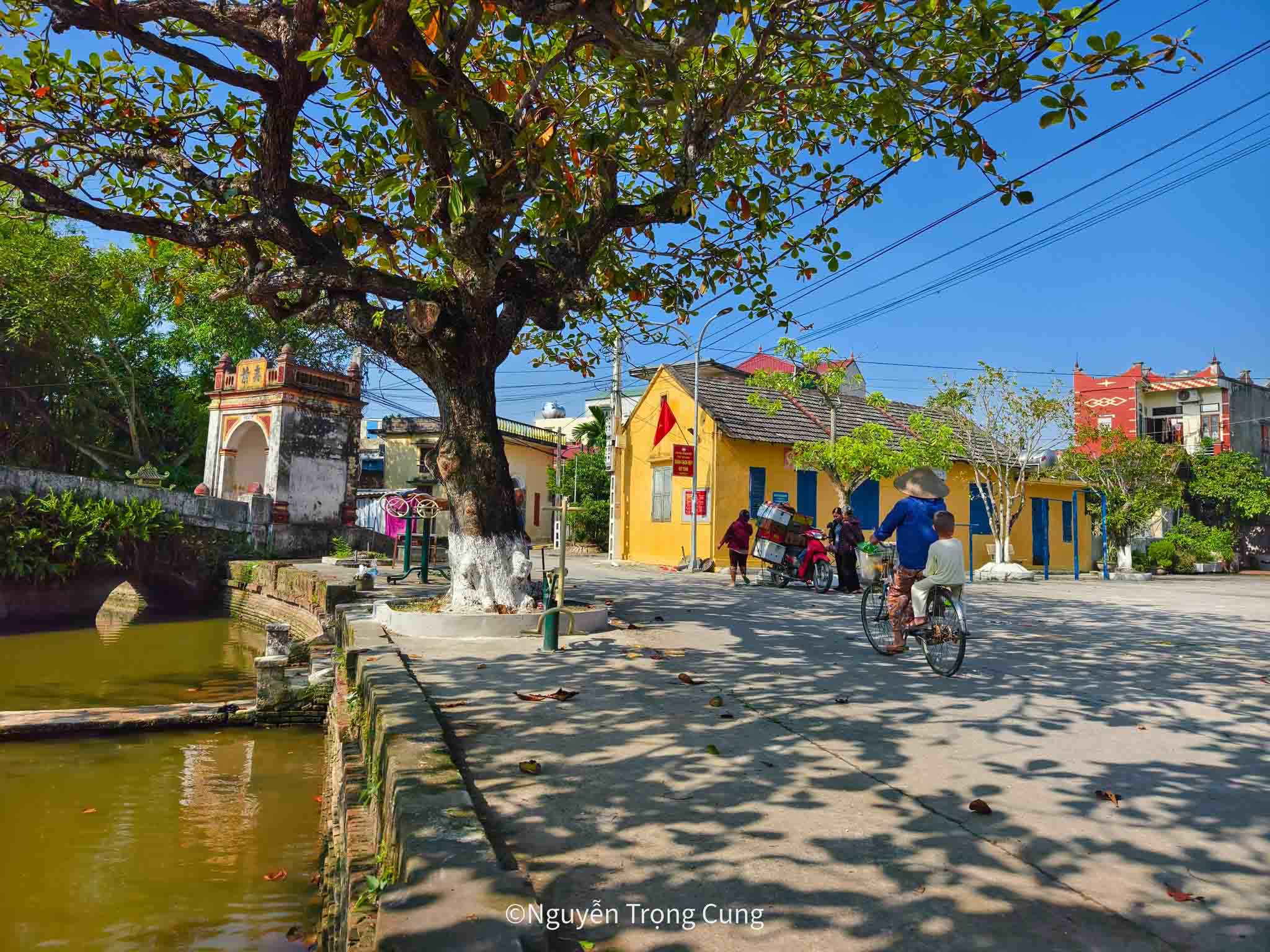

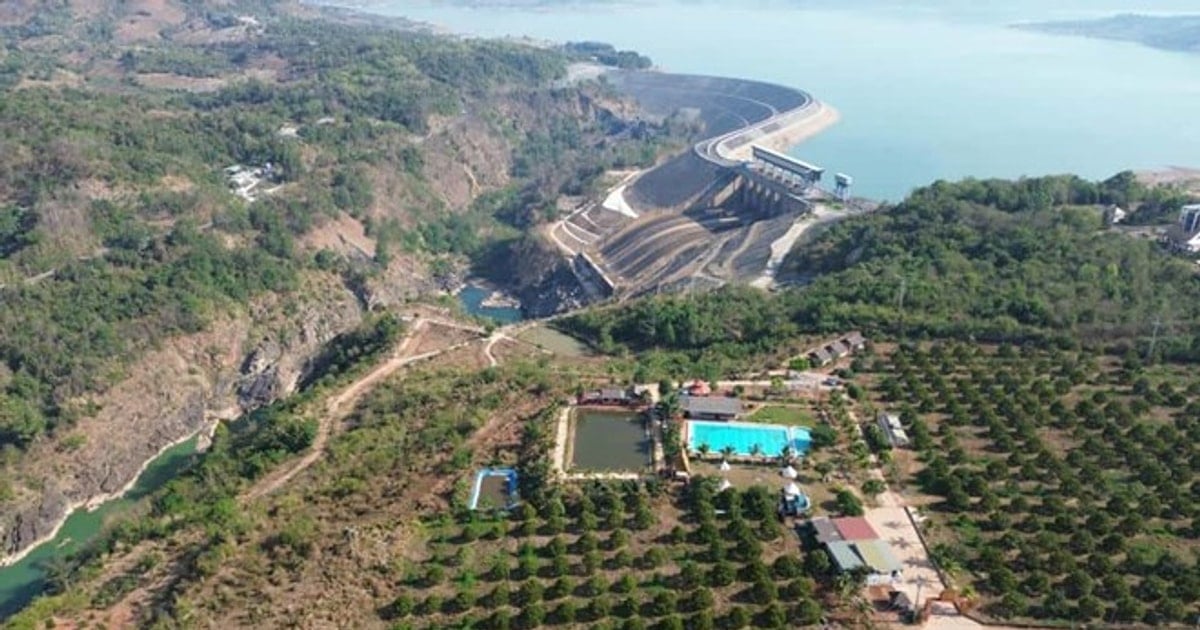

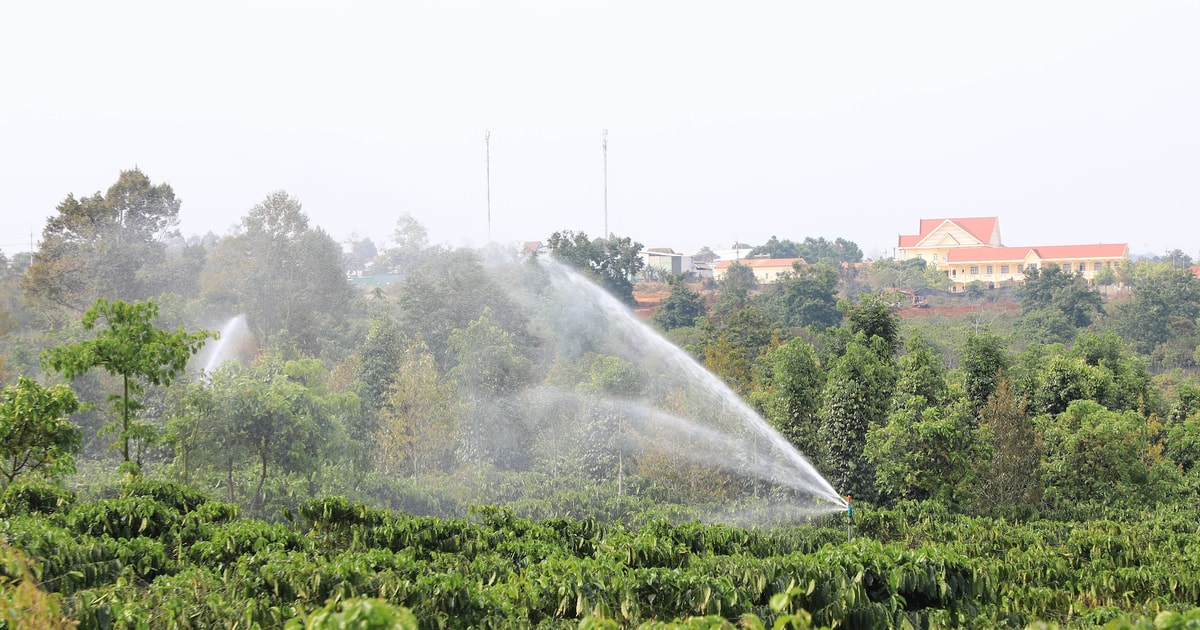






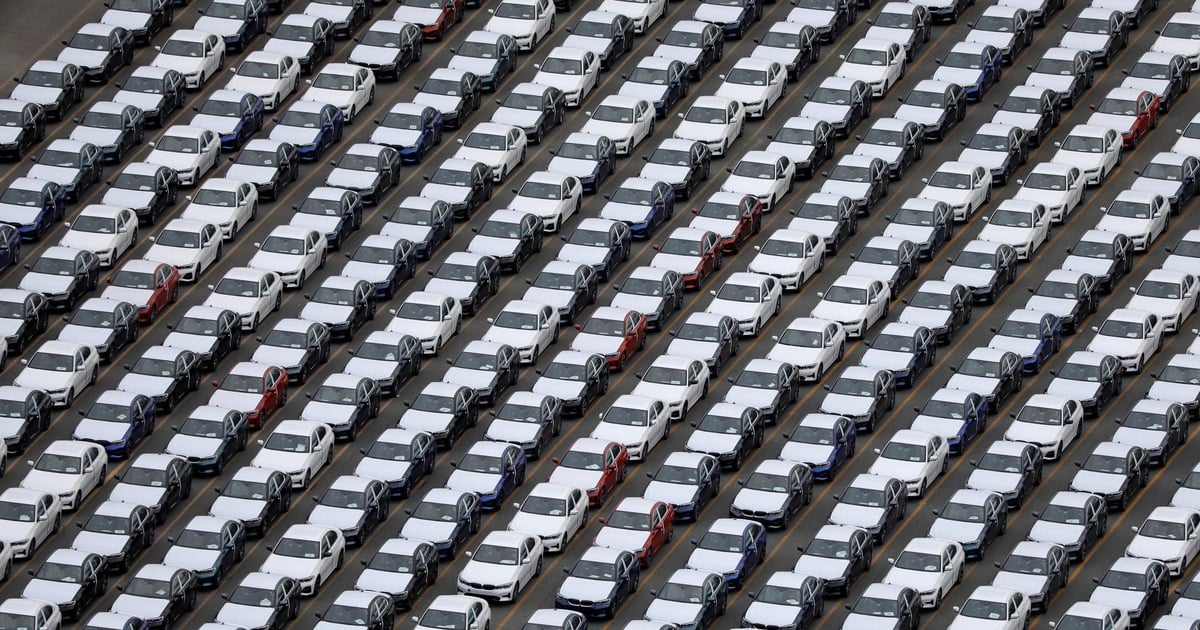
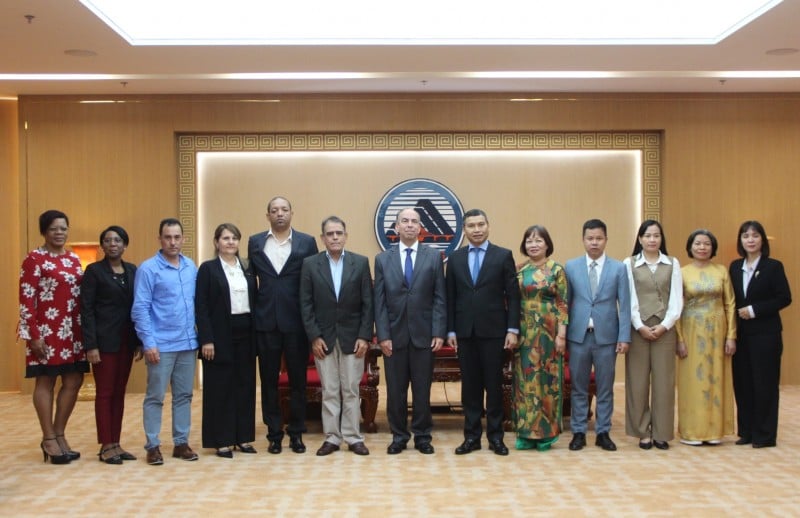
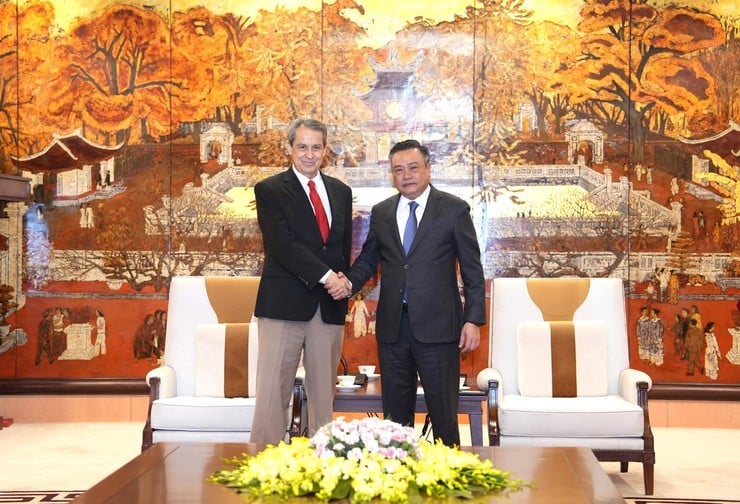
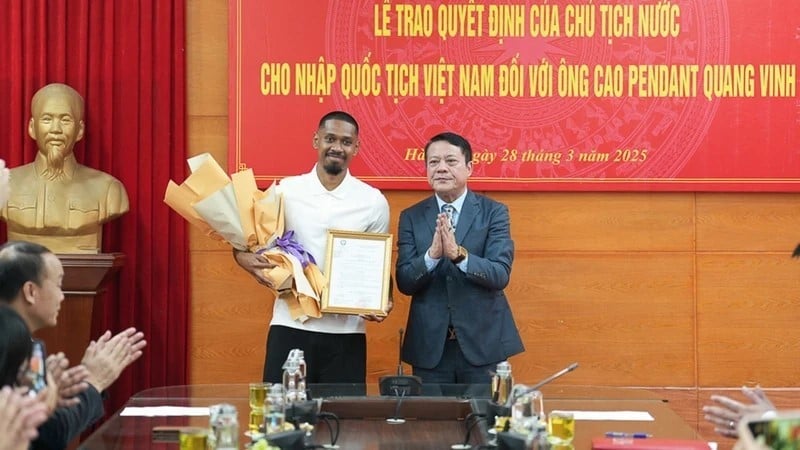
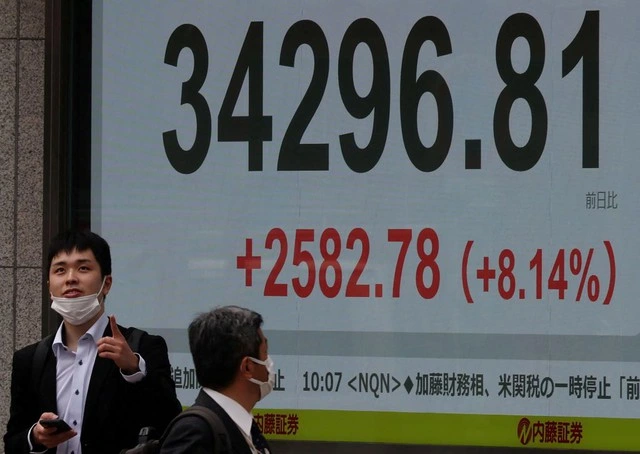
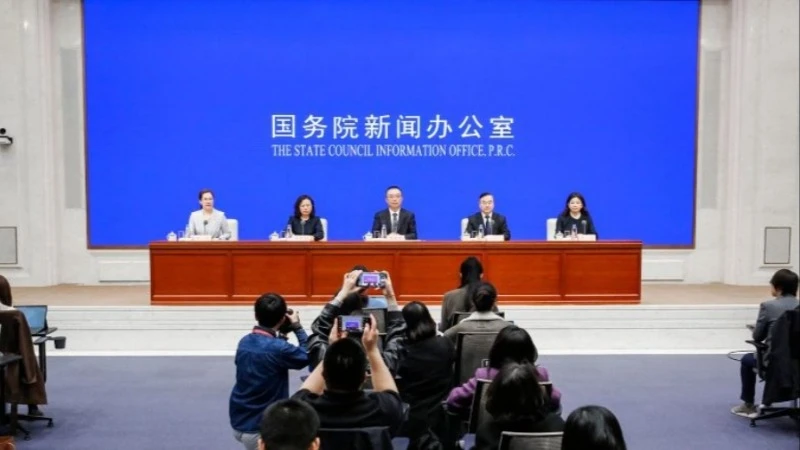





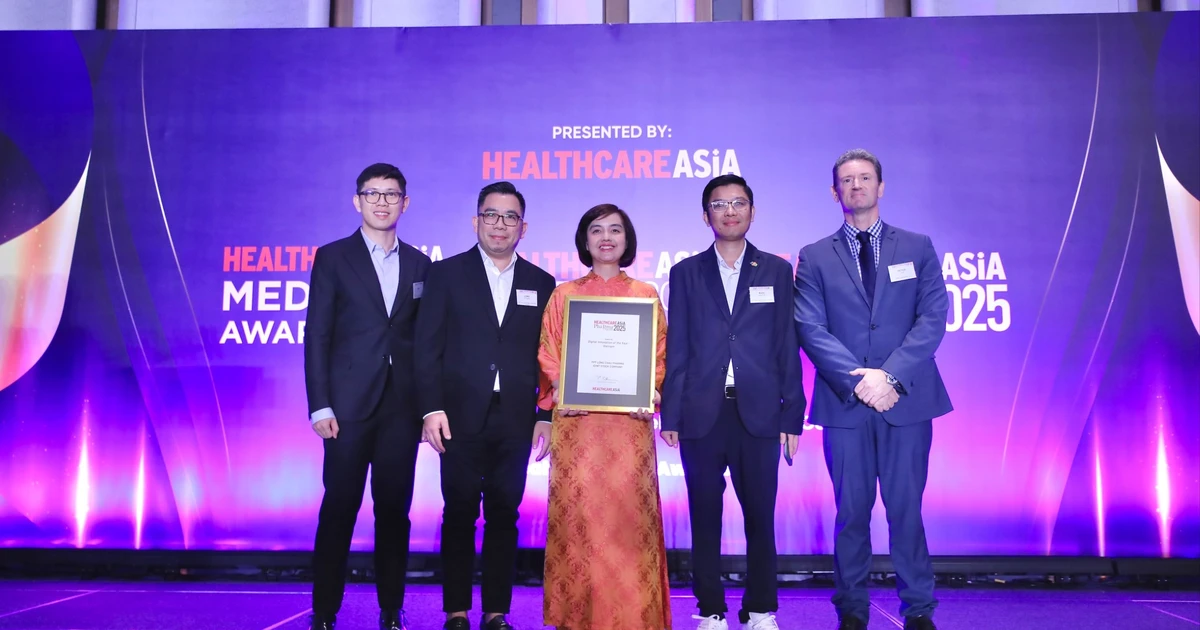

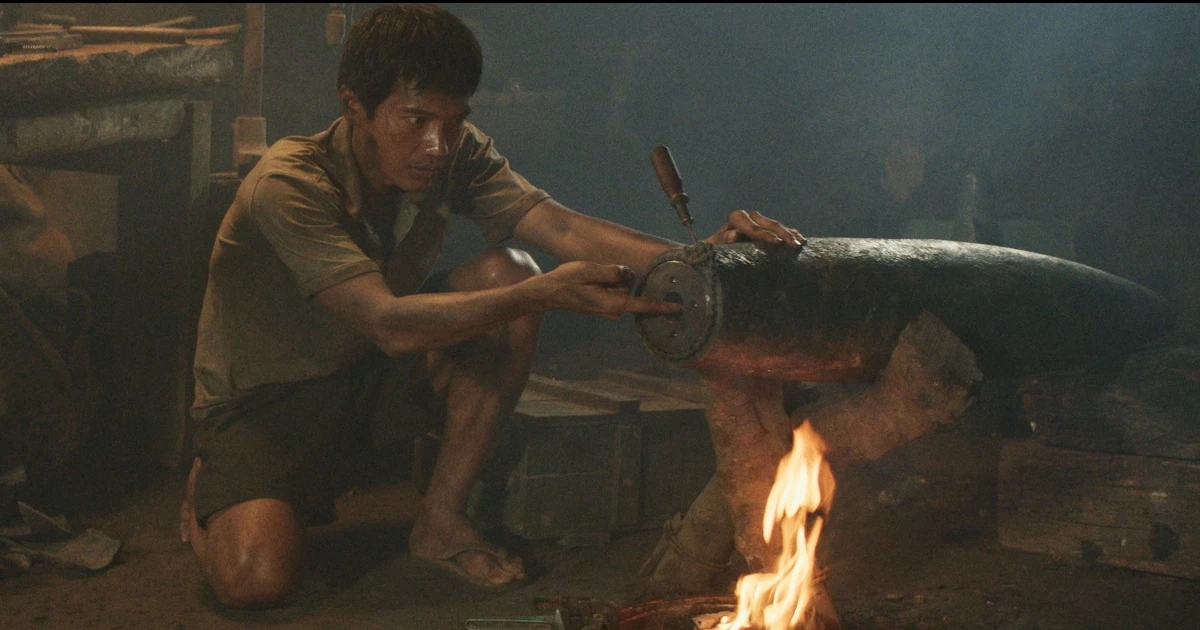

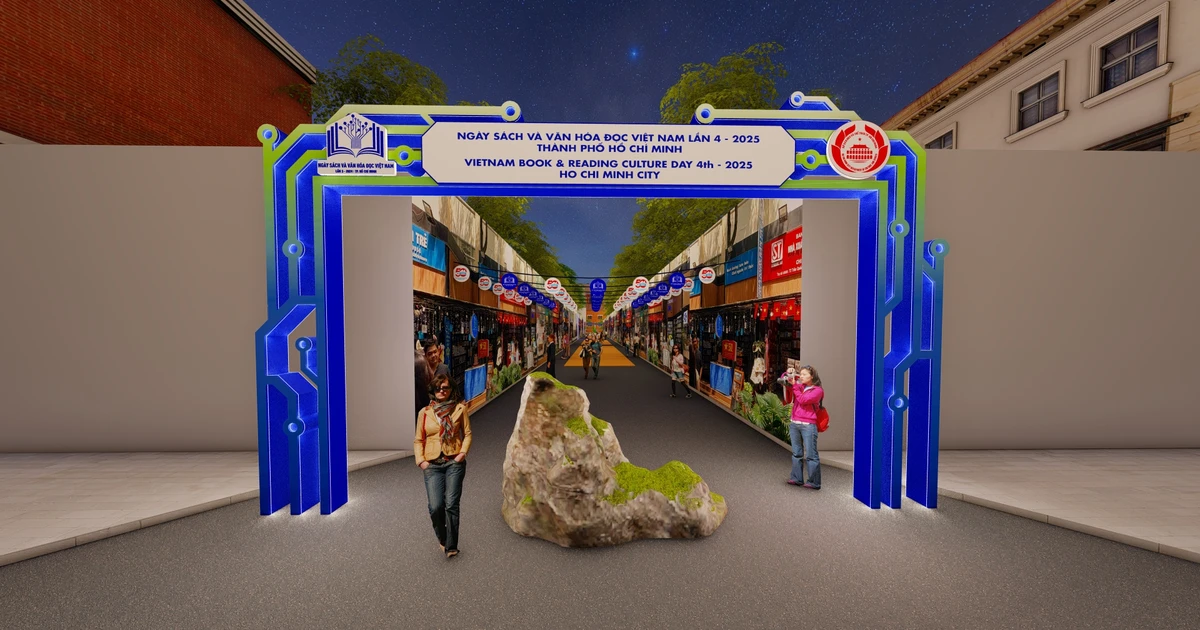

![[Photo] Unique folk games at Chuong Village Festival](https://vstatic.vietnam.vn/vietnam/resource/IMAGE/2025/4/10/cff805a06fdd443b9474c017f98075a4)




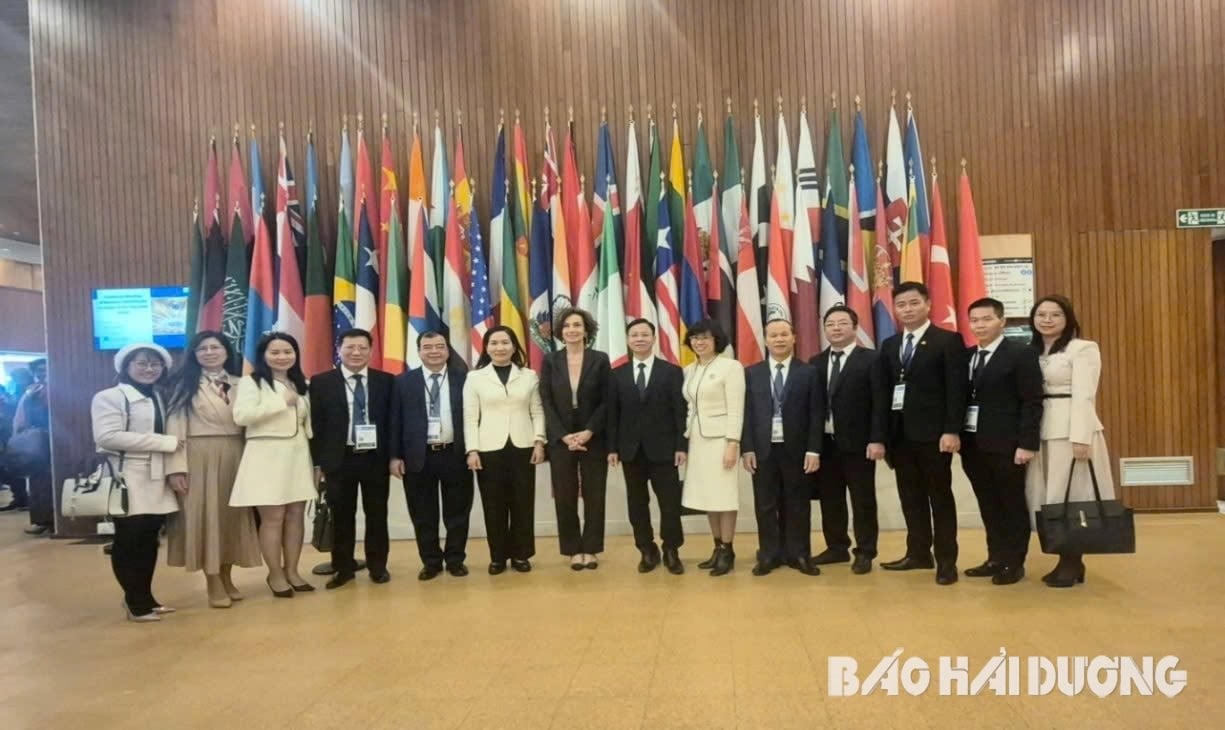









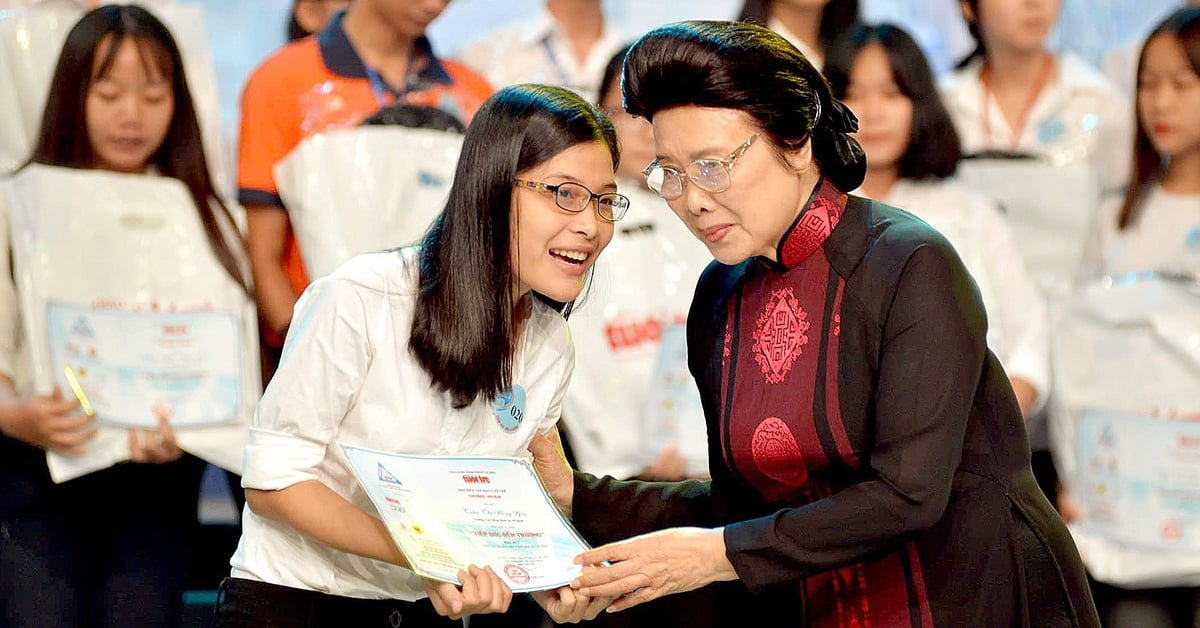












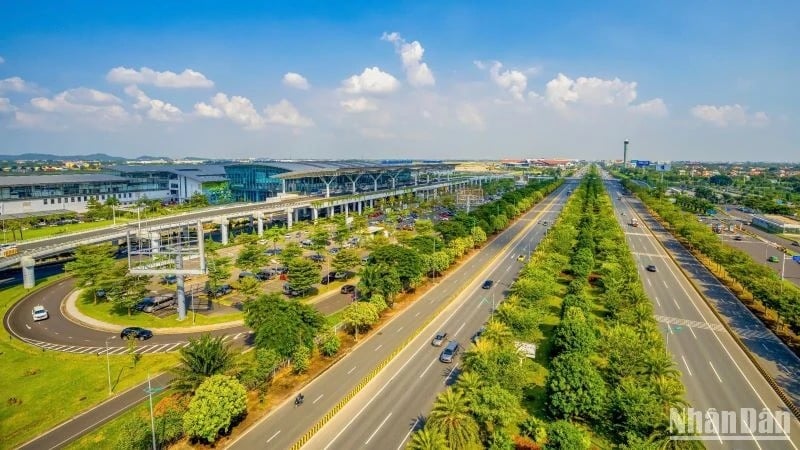



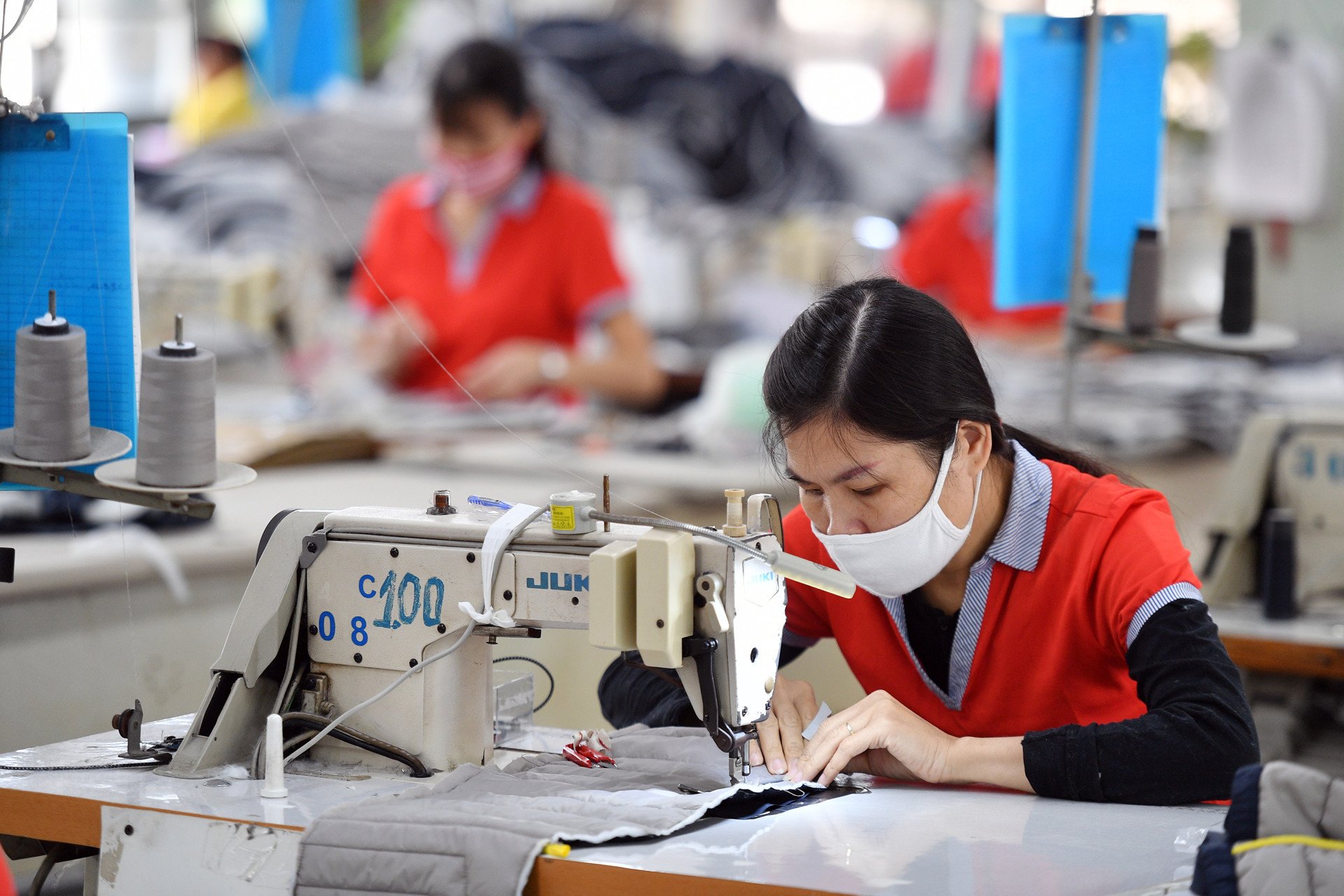

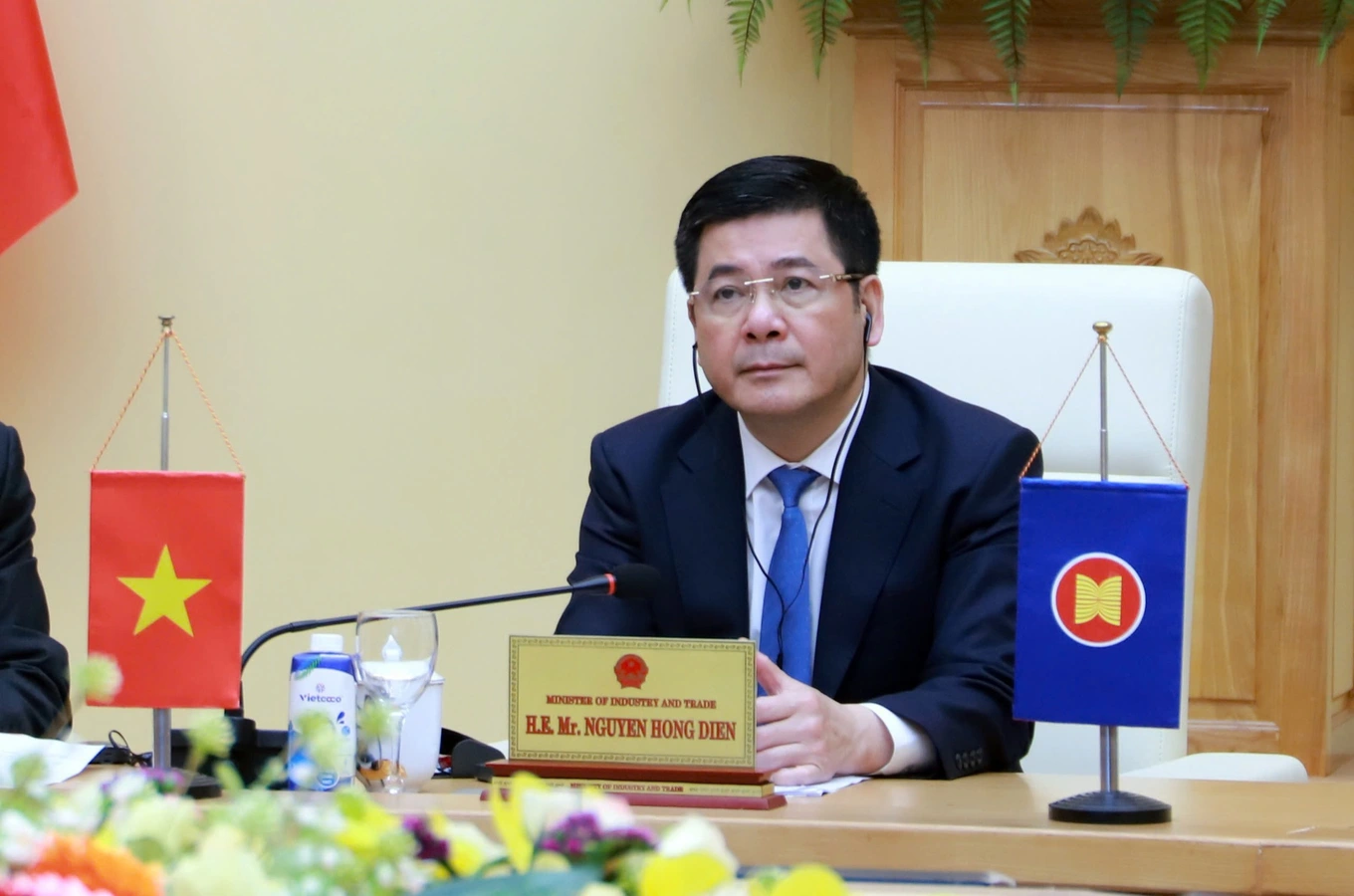

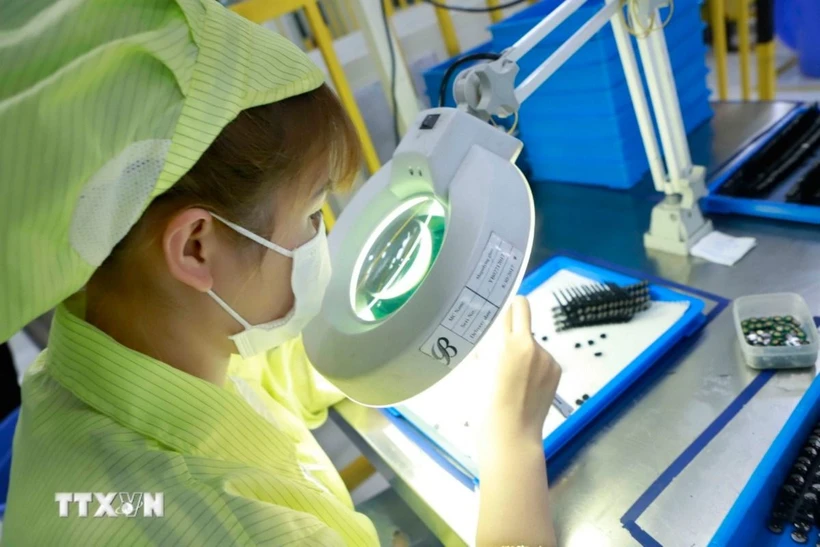

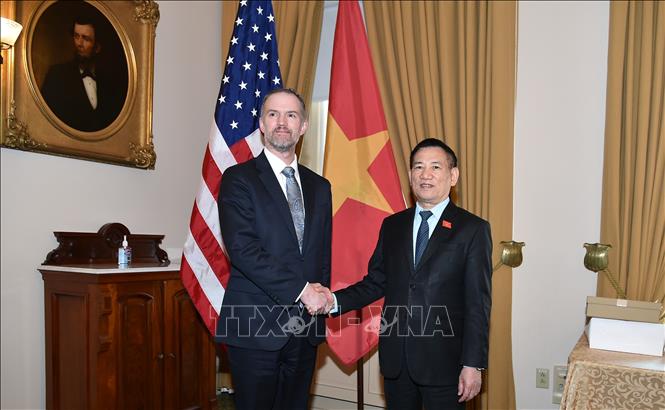
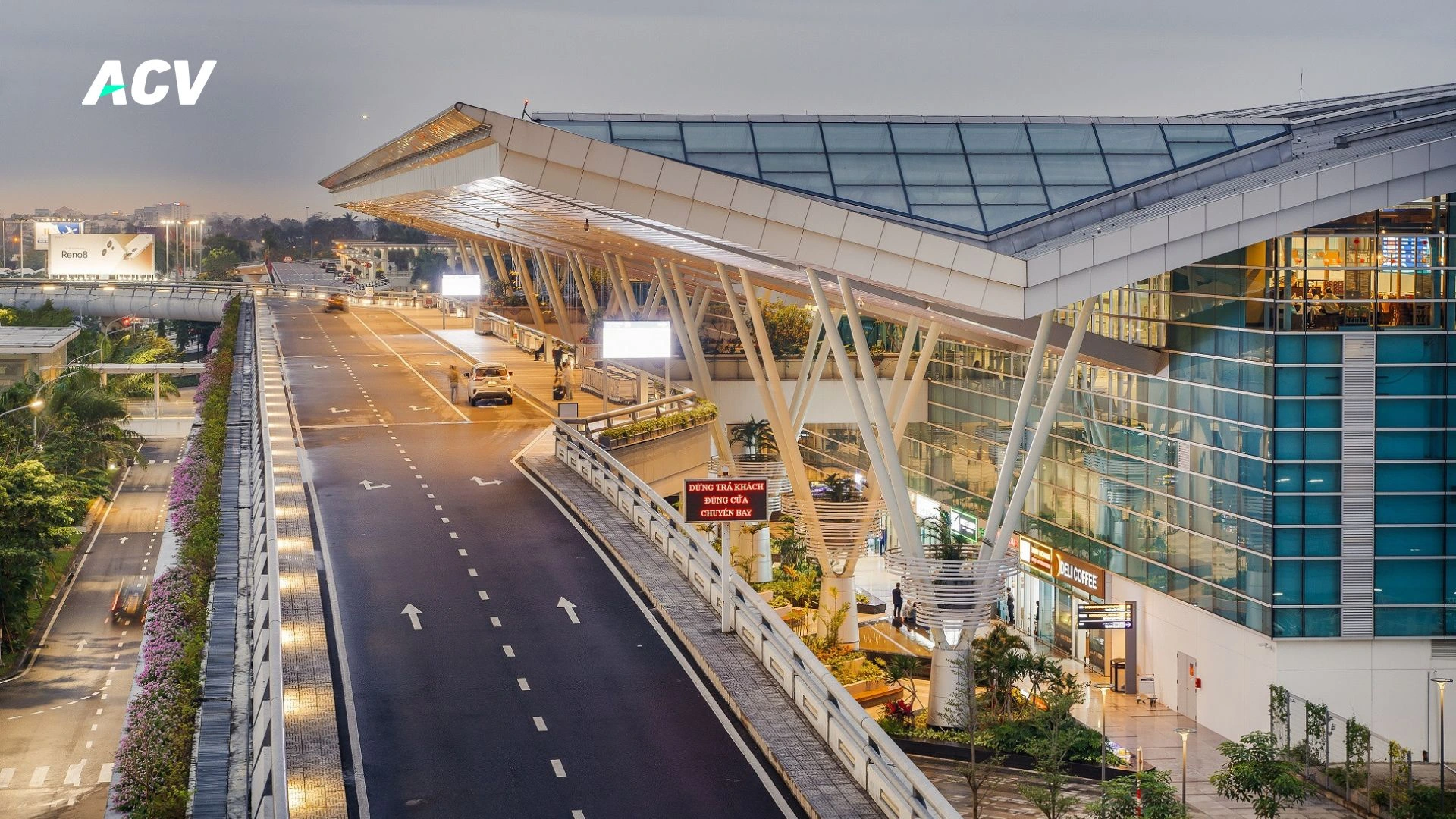
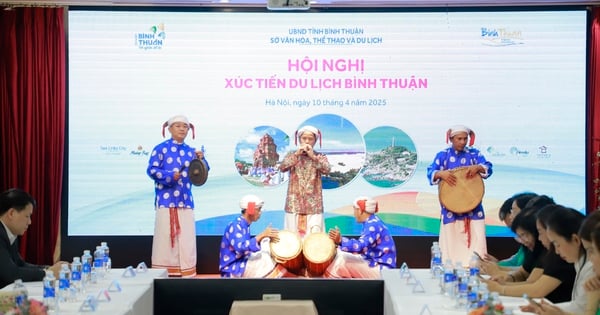


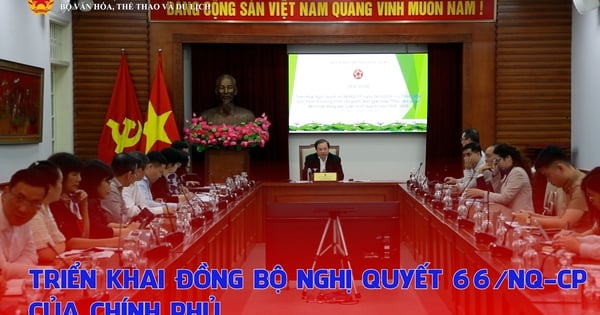

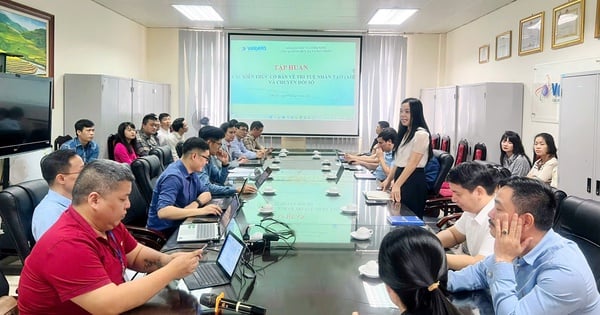

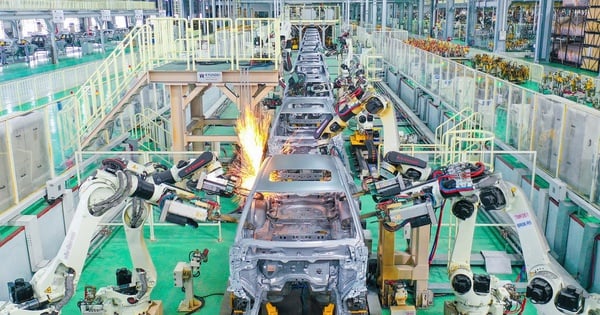





![[Photo] Taking advantage of every sunny hour, asphalting the road through the old forest of Y Ty](https://vstatic.vietnam.vn/vietnam/resource/IMAGE/2025/4/11/c11987f152014781abe6aad9e09fb401)

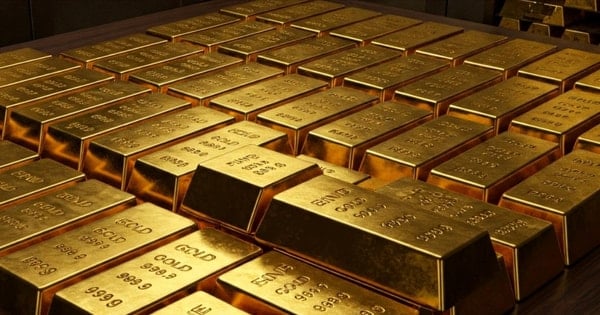




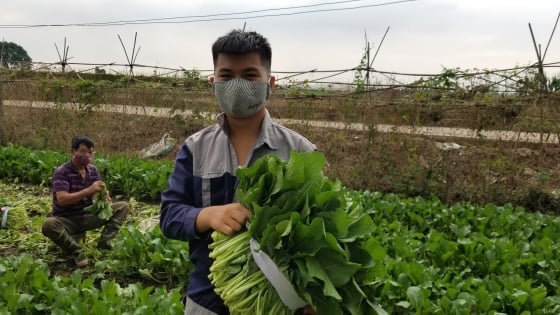



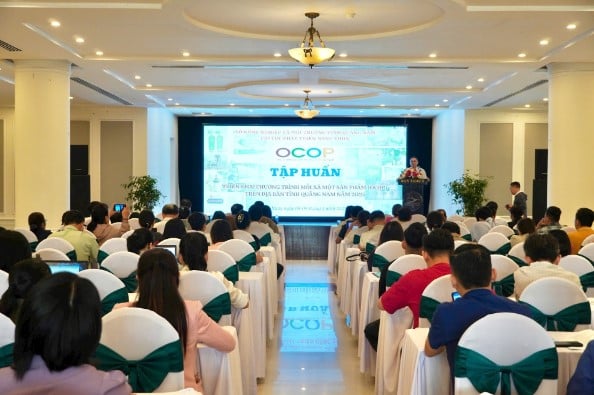
Comment (0)